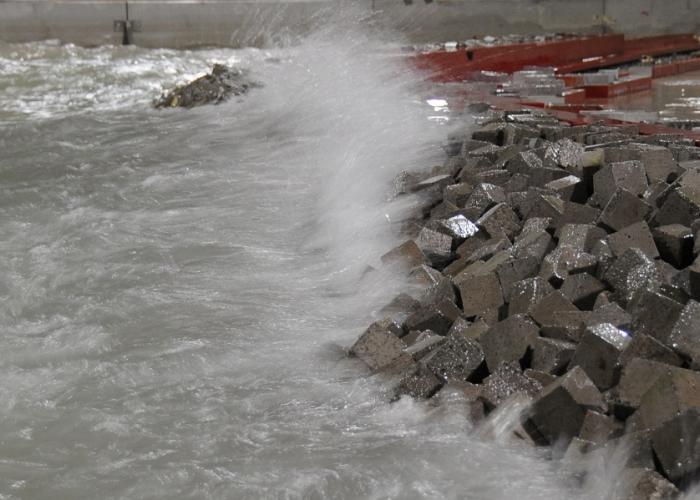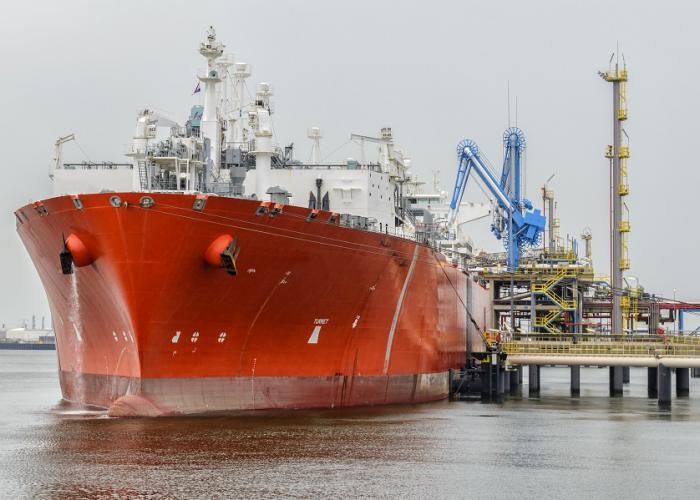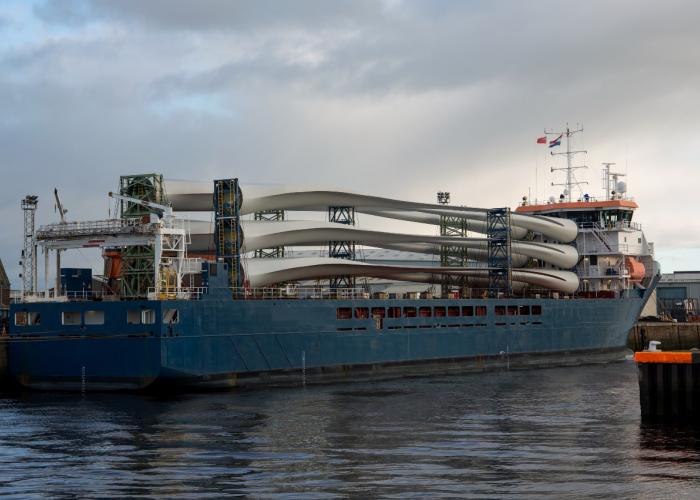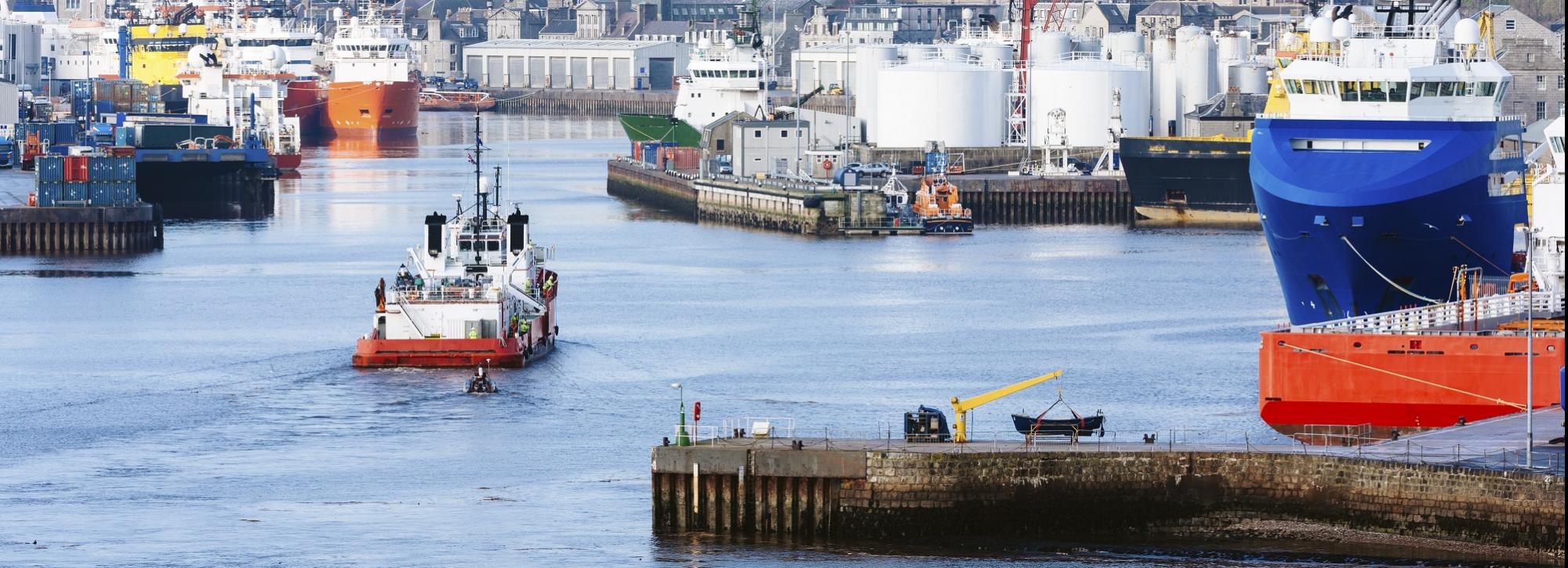
Could a vital spark revive coastal shipping in UK?
With pressures mounting to cut greenhouse gases, is the time right for a renaissance in carbon-efficient coastal shipping in the UK? Short-sea shipping has other benefits too, which Tom Matthewson explores in this article, along with the implications for UK ports and harbours from the possible growth in this activity.
As a seafaring nation, the UK is blessed with an estimated 120 commercial ports around its varied and extensive coastline, ranging from small harbours to major international container terminals. Coastal or short-sea shipping, i.e. vessels operating between two or more points of the UK, is a much more carbon-efficient way to transport freight compared to road and air alternatives – and in most circumstances even by comparison to rail (according to Sims R et al, 2014). The carbon advantages of coastal shipping will also be further enhanced by the international air emission and engine efficiency requirements being implemented via the IMO.
Coastal shipping may also be well placed to take advantage of the emerging transition and alternative fuels market, that will further reduce or even eliminate ships’ carbon emissions. In the UK this is seeing active Government support with the extension of the Clean Maritime Demonstration Competition (CMDC) into a multi-year programme.
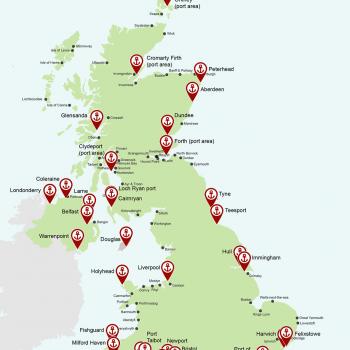
Within the shipping domain, smaller ports serving the coastal shipping market are also in a strong position to gain from the adoption of autonomous or semi-autonomous coastal shipping and feeder traffic. This is mainly because they are less exposed to the legal and insurance complexities of crossing international jurisdictions. Ship semi-autonomy has the potential to deliver further carbon savings by allowing for better use of space in ship design and efficient use of fuel.
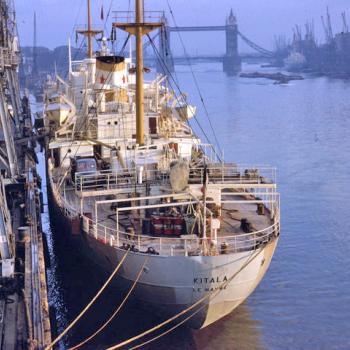
Modal shifts
The carbon efficiency advantages of shipping by comparison to other modes of transport are therefore clear. However this is yet to be reflected in the UK coastal shipping trends. As recently as 2000, 114 million tonnes of coastal freight were transported coastwise between UK ports. Since that time the amount of freight moved by ship around our coasts has nearly halved to only 69 million freight tonnes per year in 2020, despite the great majority of the UK ports remaining in existence over this period. On the other hand, the data suggests that with the right conditions a large increase in coastal freight movement is perfectly achievable.
This historic decline in coastal shipping was matched by an increased share of the freight market taken by road transport. The reasons are complex but are partly due to economic development in the UK moving the freight commodity mix away from bulk products such as industrial liquid transport. This has been reinforced in the UK by the historic differential in national infrastructure investment, which has focussed on road and rail transport with less direct public investment in port infrastructure beyond road and rail connectivity.
Some Government support has already been introduced to try and reverse this modal shift. Waterborne Freight Grants are available to shippers to support a shift of freight transport from road to coastal shipping, where this has environmental benefit. However, on its own this stops someway short of the scale of support needed to deliver meaningful change, with enabling capital investment at English ports not currently being eligible for funding for example.
New drivers for coastal shipping
Ports operate on tight margins, and capital investment in the maritime space is costly. To a large degree, ports in the UK also operate without public sector support. So major public sector investment directly to support coastal shipping would therefore seem unlikely. However, the policy support is emerging and the recently announced UK Government-funded CMDC programme of research and development in ‘clean maritime’ and UK policy favouring autonomous shipping innovation are encouraging – see DfT, 2019. 'Technology and Innovation in UK Maritime: The case of Autonomy. A Maritime 2050 Route Map.'
These may lead the way by enabling cost efficiencies that will increase the commercial attractiveness of coastal shipping. Allied to this are pressures in the private sector, for example from major retailers who are seeking to reduce the carbon footprint of their transport chain – see Tesco’s climate change page. Here too coastal shipping may be seen as having a part to play.
The other major new driver for changes in coastal shipping is the offshore wind sector. The UK is a large player in the sector, with a current (2021) installed base of just over 10 GW and the UK government plan is to increase offshore wind energy generation to at least 40 GW by 2030. The transfer of components and crew for the construction and operation of these facilities do not in themselves contribute to coastal freight shipping. However these major wind-related activities will influence the demand for capacity at our smaller ports, and provide additional justification for investment in facilities to serve nearshore vessels. Government support for these modifications is also available. Offshore wind may be bolstered by further coastal renewable energy schemes such as tidal power and the construction / maintenance demands these will bring – this would all represent potential business for the UK’s smaller ports and harbours.
Finally there is a social dimension – coastal towns in the UK suffer disproportionately from deprivation and health inequalities, as the industries they were built around such as fishing and tourism have declined over the past century. Can a resurgence in coastal shipping play a part in the economic revival of some of these towns? If the infrastructure at small ports and harbours begins to be more utilised to service low carbon UK transport needs, might this also spur greater use of these ports for shipping short sea routes to and from the EU, thereby helping to address periodic port capacity pressures (whilst maintaining a low carbon footprint).
Technical challenges and opportunities?
Let’s assume Government policy, support and promotion of coastal shipping continues to grow – what then are the technical challenges and opportunities presented by coastal shipping?
The long-term opportunity presented by coastal shipping is clear: reduced carbon emissions from shipping; and, at ports, less road freight traffic, the potential for early adoption of semi-autonomous technology, and the opportunity for supporting economic regeneration at our coastal towns.
There are then also infrastructure challenges. On the marine side, the key components will be adequate water depth and shelter to allow sufficient and safe berth operability for relatively small coaster vessels. As ports operate on tight margins, they will tend to maintain dredged depths only sufficient to suit their current operation, so space and depth will be a site-by-site feasibility consideration. The technology now exists to use surface water drones to access the tight spaces within smaller ports for surveying their dredging requirements. The use of the dredged material beneficially will also be a factor, with the aim of delivering biodiversity net gain.
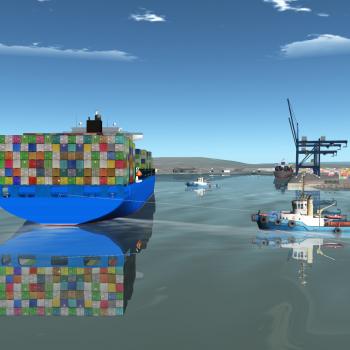
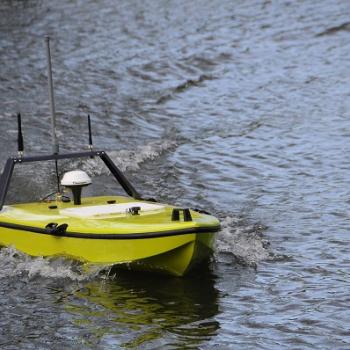
Many of these challenges are centuries old and a variety of traditional solutions exist and are still relevant, including ship and crane designs which allow for operations in strongly tidal environments, but certainly 21st century technology such as drone survey boats, aerial LiDAR, high accuracy GPS positioning and digital charting can assist us with maximising efficiency in coastal shipping. Dredging techniques have also evolved and approaches such as Water Injection Dredging (WID) and Water Agitation Dredging (WAD) can provide lower cost solutions in some environments.
On the land-side, the key components to support coastal shipping will be adequate freight handling and covered storage for general cargo processing, and of course the all-important intermodal connectivity to the rail or local road network. This is needed to allow road and rail freight transport and coastal shipping to cooperate to provide a more efficient overall service, with ships operating the ‘long’ haul and road trucks operating the feeder service. This may be the biggest single hurdle to unlocking the greater potential of our coastal shipping, and is the subject of considerable policy and research and innovation interest. Software solutions are also now emerging that seek to enable shippers and logistics operators to simplify the short sea routes’ multi-modal supply chain, for example see https://www.mjc2.com/synchronet.htm .
In some space-constrained ports there may be an opportunity to add additional port areas by reclamation (expansion of land areas by building out into the water) – whilst this can be an expensive exercise, if done well it can create new habitats and recreational areas and therefore will not necessarily have a net negative environmental impact. An added benefit is that sand and gravel used in the reclamation areas can often be taken from navigation channels, thereby deepening them and enhancing vessel access, aiding the ports.
Coasters being smaller than their ocean-going counterparts with shorter intervals between ports may well be in the vanguard of the adoption of fuels such as hydrogen and ammonia, and electrification. A few vessel owners are also already exploring wind assisted propulsion. All of these bring their own specialist landside infrastructure requirements, and marine-side manoeuvring space for fuel delivery.
Autonomous coastal ships will likely have similar manoeuvring characteristics to conventional vessels and thus in large part the marine infrastructure requirements will also be similar. The main potential difference, depending on the level of automation, will be the landside requirement for control towers to have line of sight on autonomous coasters, although this may be some years away, with semi autonomy being more likely in the short to medium term.
Last but not least are the demands for skills and training. As ports develop the services they provide they will need to extend the skill base of their staff to address these new ship and product handling needs, including considering the need for pilot familiarisation.
None of the infrastructure requirements for coastal shipping seem insurmountable – a lot of it is already there and under used, and the political commitment is growing. The revival of coastal shipping therefore seems to rest on cooperation between all parts of the supply chain to deliver an attractive product for the freight customer.
Want to know more?

